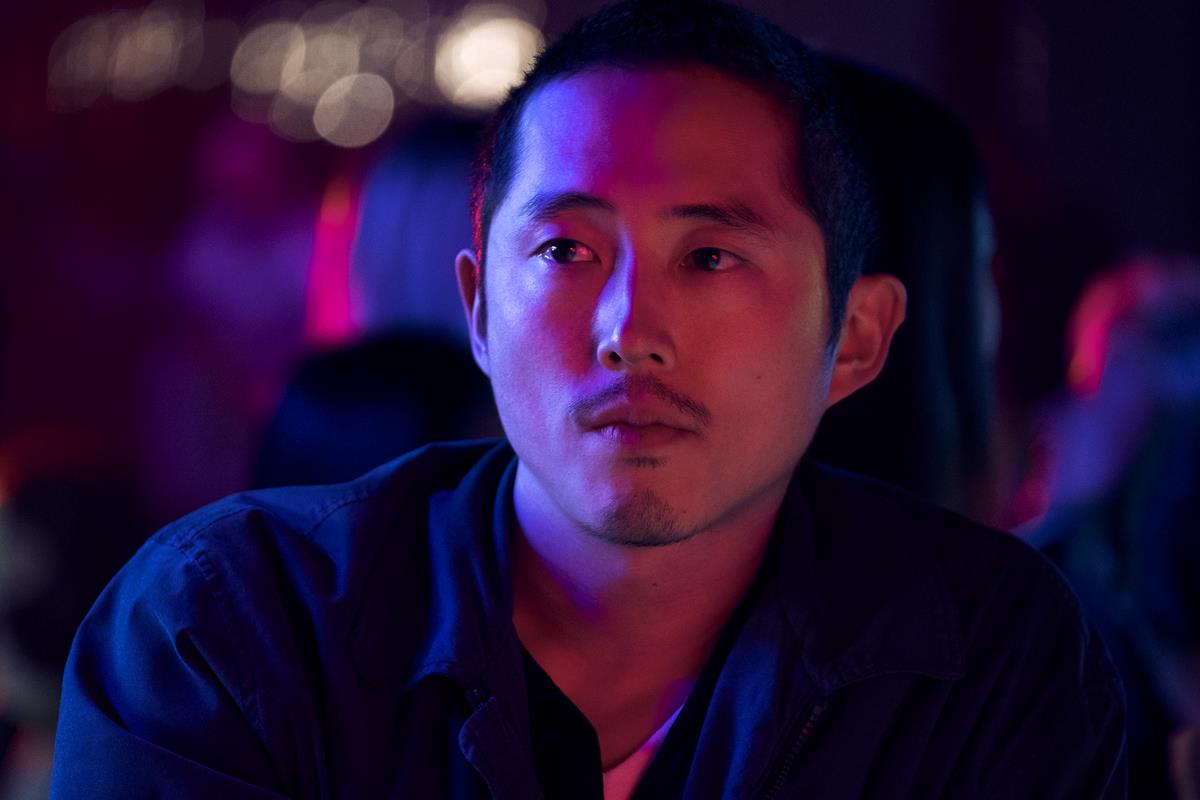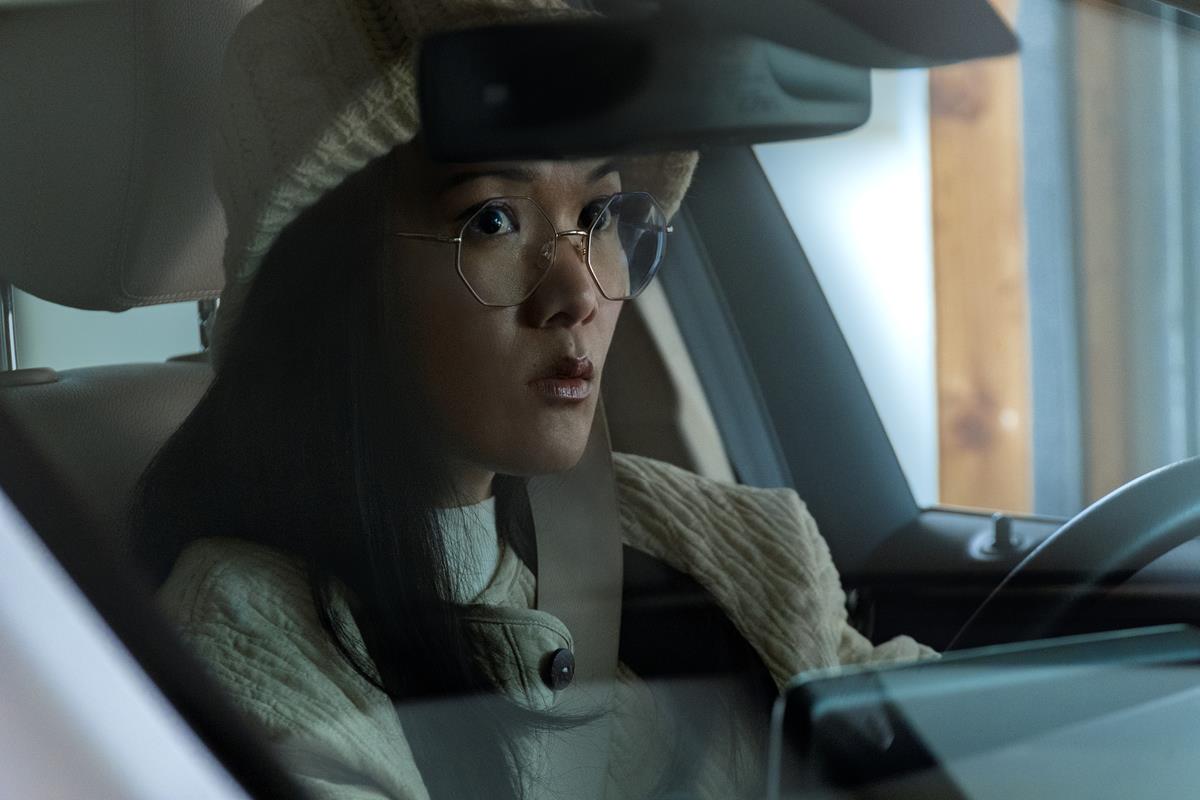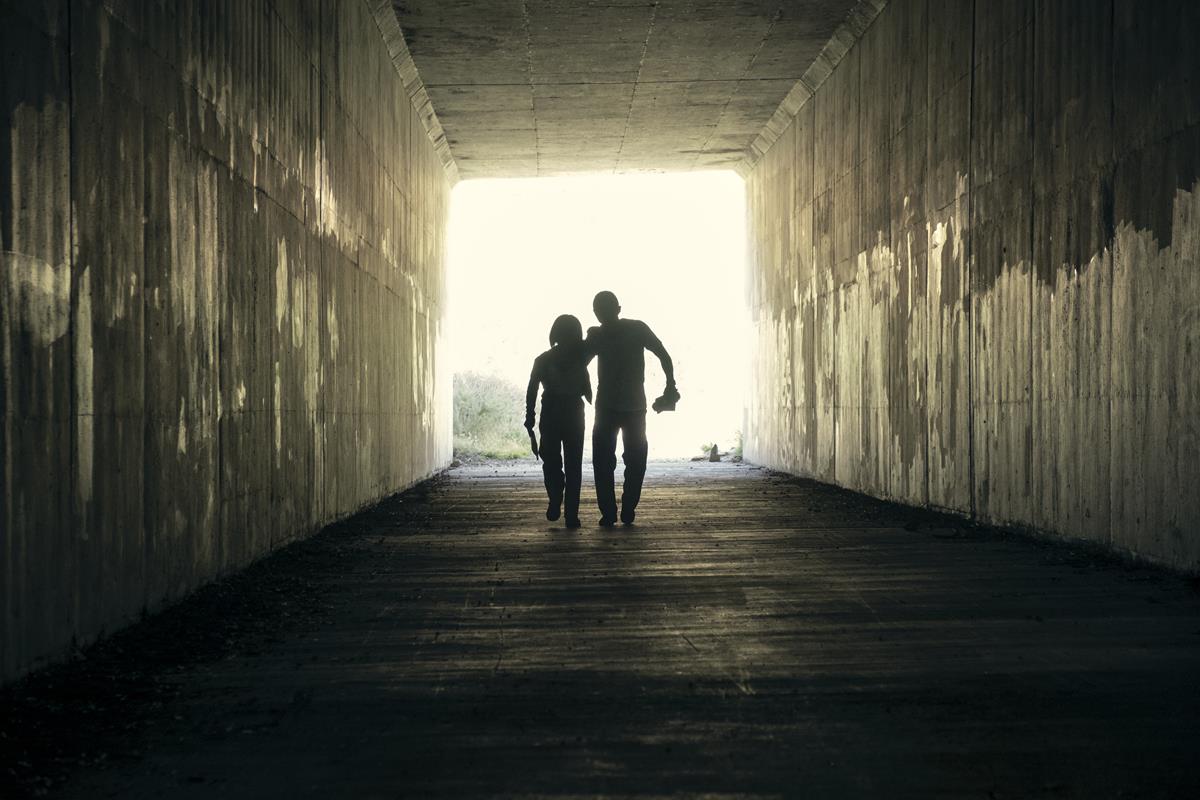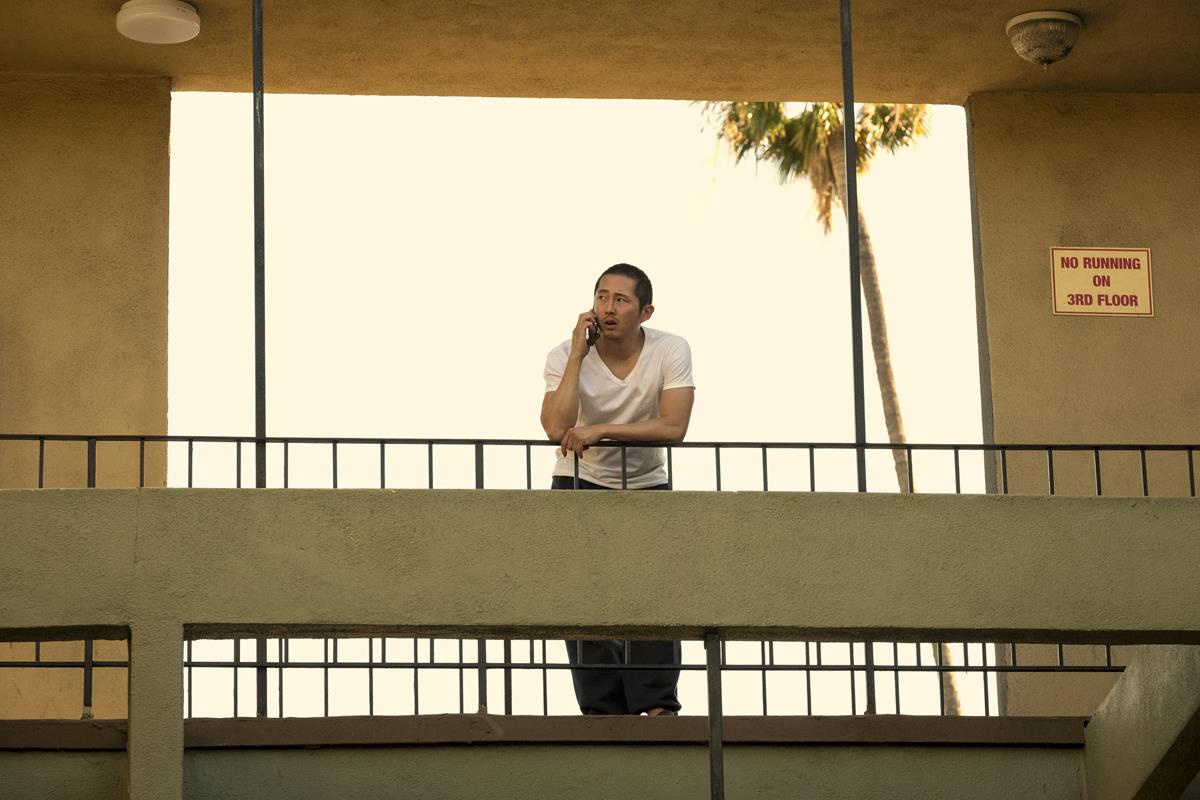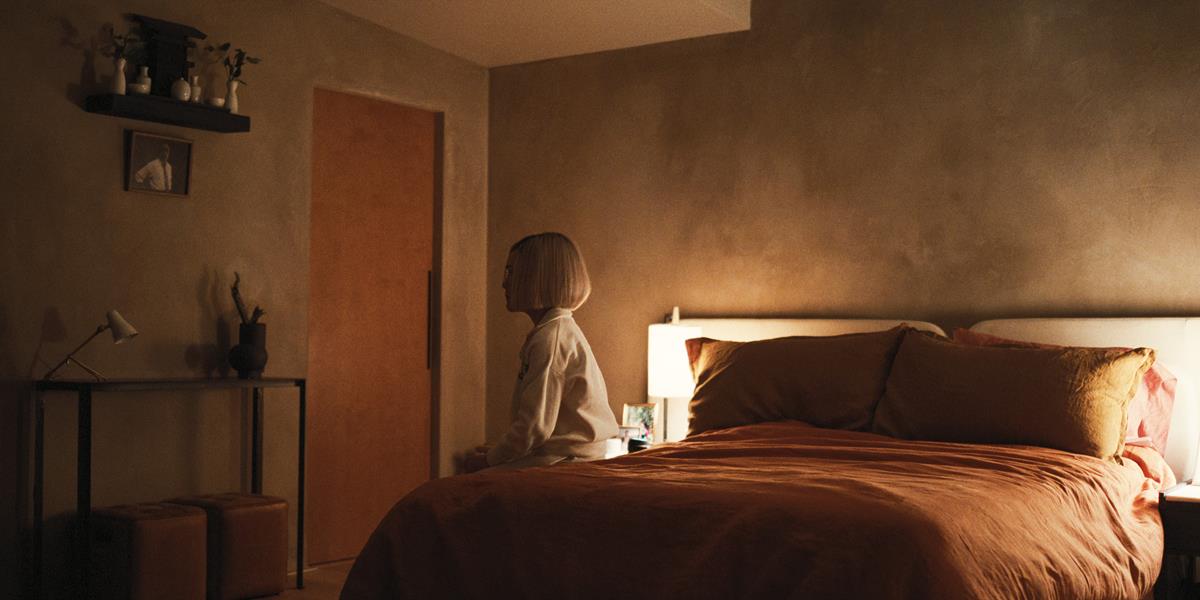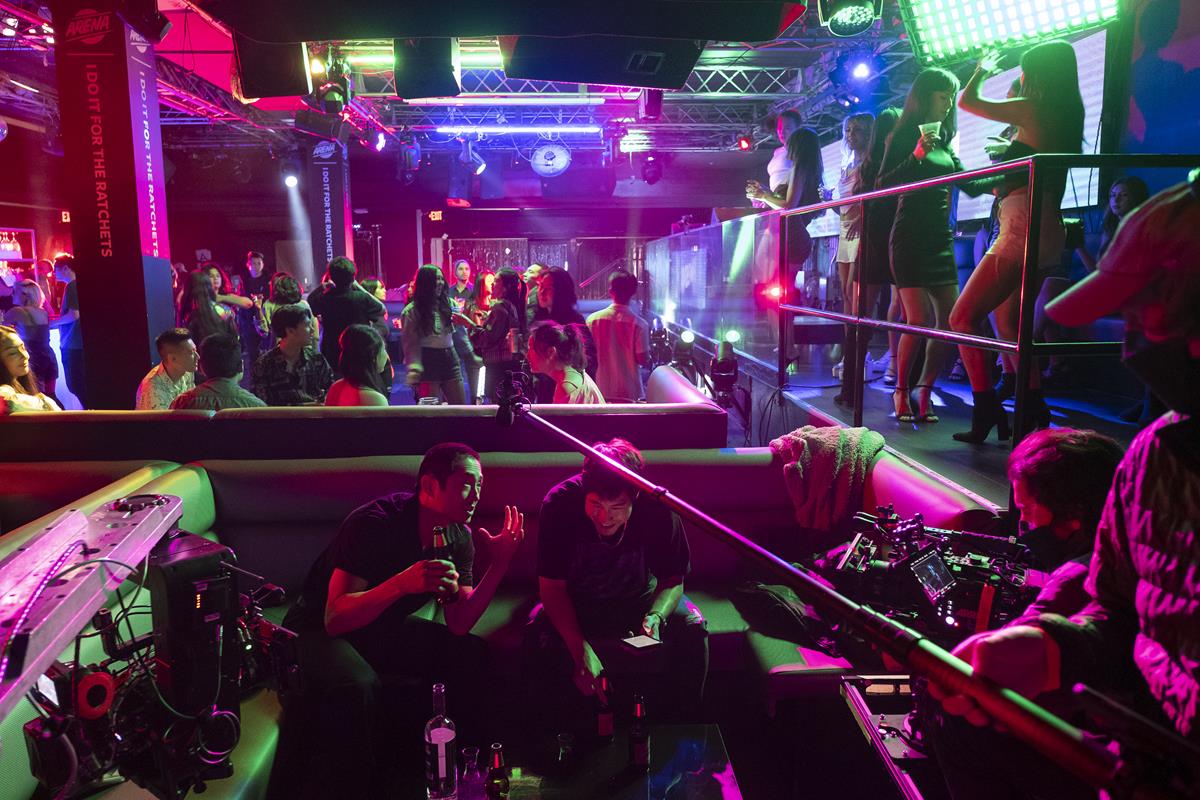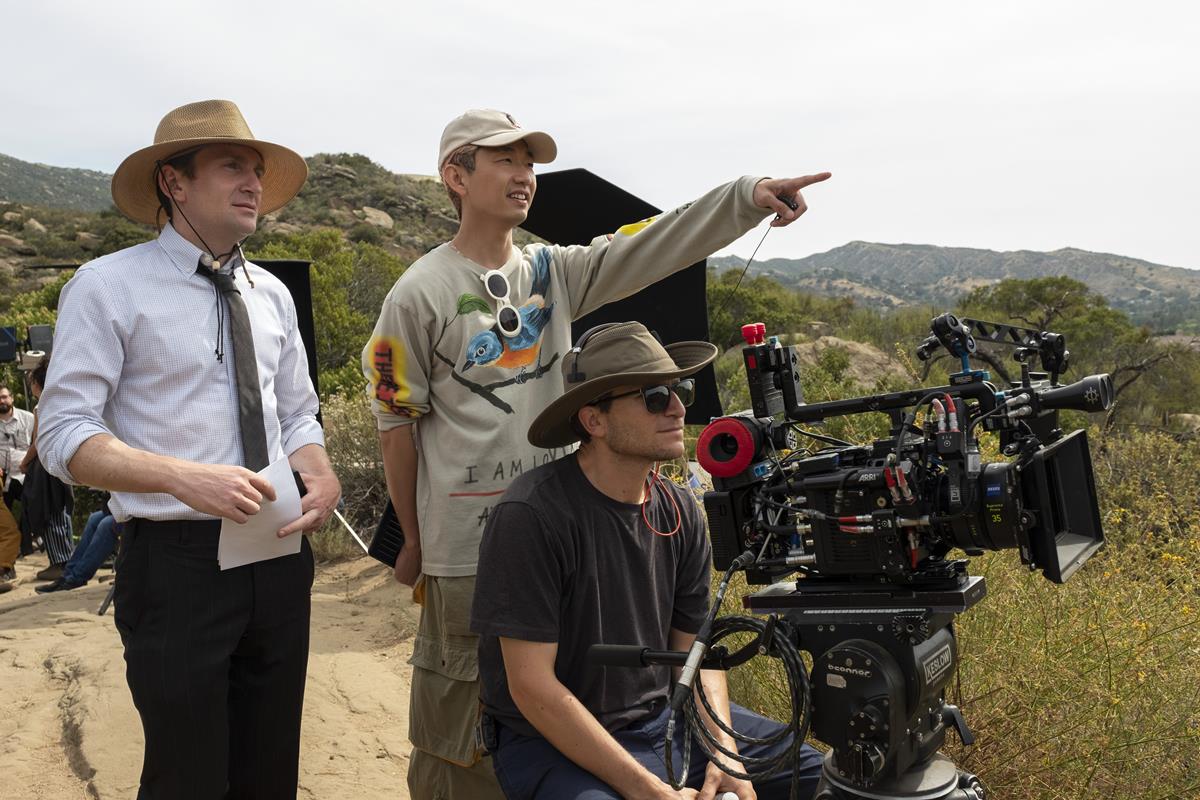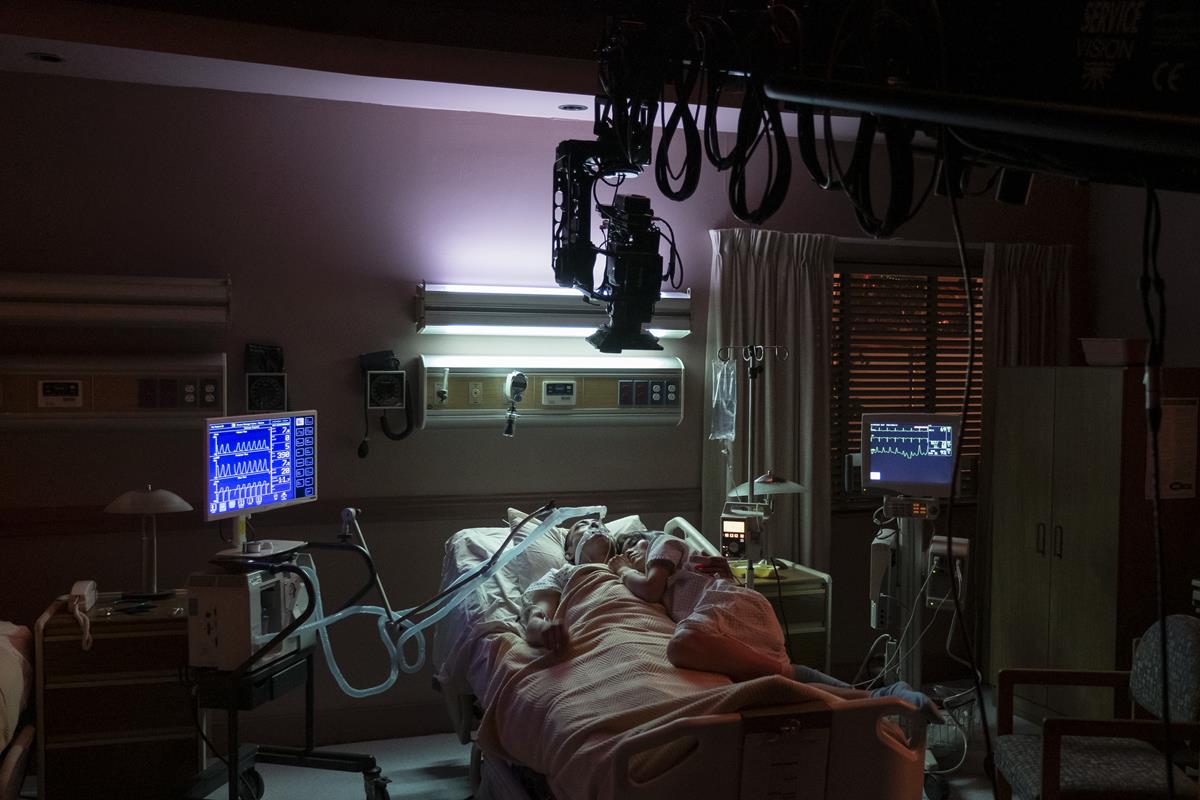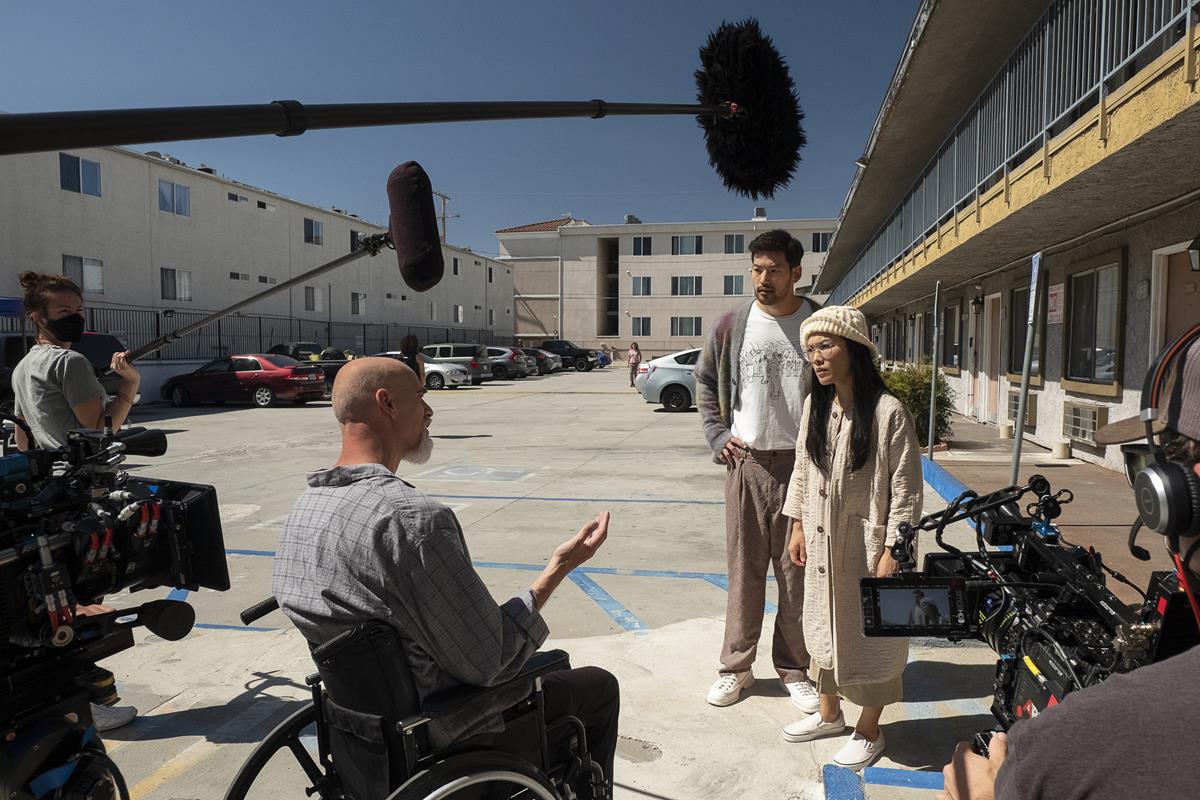TL;DR
- Starring Ali Wong and Stephen Yeun, Netflix series “Beef” was shot by “Everything, Everywhere All At Once” DP Larkin Seiple.
- Seiple opted to use the ARRI Alexa LF equipped with Zeiss Supreme Primes to shoot the series, with the Sony Venice 2 employed for the nighttime car crash scene.
- The production team worked to find the most realistic way to light, design, and clothe the actors while at the same time also trying to give hints and clues and absorb their personalities in those choices.
- Creator and showrunner Lee Sung Jin said his idea for the show was loosely based on a road rage incident he experienced.
It is perhaps moot that a giant Netflix episodic should have an aesthetic that lets its story breathe during a WGA strike when writing itself is being reconsidered. Beef was shot by Everything, Everywhere All At Once DP Larkin Seiple; he deliberately downplayed the presence of his cameras to “get out of the way” of the story.
Larkin explained what that meant in practice. “We opted to minimize the amount of coverage we did and stick to the basics. Can we do this whole scene as a close-up? Can the camera stay with either Amy [Ali Wong’s character] or Danny [Stephen Yeun’s character]? We didn’t want to cover it as much as most shows cover things; we wanted to see how little we could do.”
This condensing of the coverage extended to all departments. “In collaboration with our costume designer Helen (Huang), and our production designer Grace (Yun), we tried to find the most realistic way to light, design, and clothe the actors while at the same time trying to give hints and clues and absorb their personalities in those choices as well.”
It’s a shooting design without ego, shying away from extreme filtering, flares, and shallow depth of field — but finding that they are much more effective if and when they appear.
Even Larkin’s lens choice shunned the limelight. “I think this is the first show that I picked lenses that were sterile,” he said. “We wanted lenses that could get close to the actors that didn’t distort. Normally I’m a fan of using vintage glass with more character. On this show, it just felt that the intentions had to be bare and honest. We didn’t want to create subjective imagery; we wanted to create subjective shot structure. We wanted to be with the actor the whole time. You’re bound to these two terrible people.”
Iain Blair at Post Perspective had more details on the gear choices Larkin made: “We shot it on the [ARRI] Alexa LF but with the Sony Venice 2 for the night car crash scene, and we used Zeiss Supreme Primes. We went with sharper glass because, in our testing, we found out that we could degrade the image with more control in post,” he said.
“We also shied away from super-flary or vintage lenses, as we felt it was too affected for the story and put too much emphasis on the filmmaker instead of keeping the audience with the characters.”
READ MORE: DP Larkin Seiple Talks Shoot and Color Grade for Netflix’s Beef (Post Perspective)
Beef follows the aftermath of a road rage incident between two strangers. Danny Cho, a failing contractor with a chip on his shoulder, goes head-to-head with Amy Lau, a self-made entrepreneur with a picturesque life. From then on, it was an actions-have-consequences blowout.
Lee Sung Jin is the creator and showrunner of Beef, and his idea for the show was loosely based on a road rage incident he experienced. “I thought there was a show there about two people who are very much stuck in their perspectives and have a lot going on in their individual lives that this incident unravels.”
In her review of the series, IndieWire’s Sarah Shachat describes a camera that traps the characters. “The show’s visual language remains restrained throughout most of Beef, showing the characters only in the light that they deserve; the camera traps them in single shots that go on just long enough to hint at how tenuous a grip Danny and Amy have on their lives but without the sweeping camera movement that announces a Capital-O Oner. But these shots are still precisely timed so the audience can be thunderstruck,” she writes.
“But Beef can’t live in the moment forever. The visual language of the show expands from, in Seiple’s words, invisible and observational to ‘full Coen Brothers mayhem’ by the series’ end, with some especially wonderfully bold color choices taking place in Episode 9 during a heist gone wrong at the home of the wealthy Jordan (Maria Bello).”
READ MORE: How the Camera Pulls Ali Wong and Steven Yeun Into an Ever-Deepening Spiral on ‘Beef’ (IndieWire)
Beef’s road rage sequence at the start of Episode 1 also acted as the trailer for the show, so it had to entice you into the story — the coverage meter ramped up to 10 for it.
Larkin broke down the scene. “Our original choice was to keep the camera in the van with Danny to see his POV and face. So we could feel what it was like actually to chase someone. But we felt that shot this way you wouldn’t understand how dangerous it was,” he said.
“Most of the sequence is very much with Danny, and we put him on a car rig which is a platform that has another driver behind it. Stephen’s reactions are real, so he asked us to slow down as it was terrifying. The other camera angles were very close to Danny’s car; there’s never a wide shot, drone, or Technocrane shot, nothing fancy.
“We kept it grounded and concentrated on showing how much he wanted to see who was in the car he was chasing.”
Larkin recounted how the scene was shot to interviewer Nathaniel Goodman, ASC during an episode of the ASC Clubhouse Conversations podcast. “So we mounted three cameras to his car. And it’s not like a process trailer. It’s like he’s swerving through traffic. And you’re seeing him adjust to the inertia and dodge traffic. And that’s what makes his POV shots successful, the shots on him, and it feels like he’s making these terrible choices,” he said.
“It took some convincing to do because it’s always tricky to ask production to spend the extra resources on something that you couldn’t just do on a process trailer; it’s not going to feel the same. It has to feel 100% like he’s driving.”
After the scene, Larkin’s coverage dies down to the minimum, swapping it out with scenes that linger with the leads in either sweaty close-ups or their own style of wide shots, which Larkin explained.
“We shot Ali and Stephen on wider lenses than all the other characters in the show. So you’d naturally get that subjective sense that you’re closer to them, and maybe their ideas are a little wonky.
“It sounds weird, but we built the concept of it, and then we also just felt it, like we would walk up and watch the rehearsal and say that ‘the camera should be here’ and then find the lens that would make that work rather than saying that it’s a 52mm or whatever. We’d feel the relationship with the actors and find the lens that matched that.”
As only his second TV show, Larkin is getting used to shooting at the speed of an indie movie for 60 to 70 days. “It’s tricky for me, different.” His next project was a movie that shot for the same time but for a two-hour film. Let’s hope we don’t lose him to the longer form.



